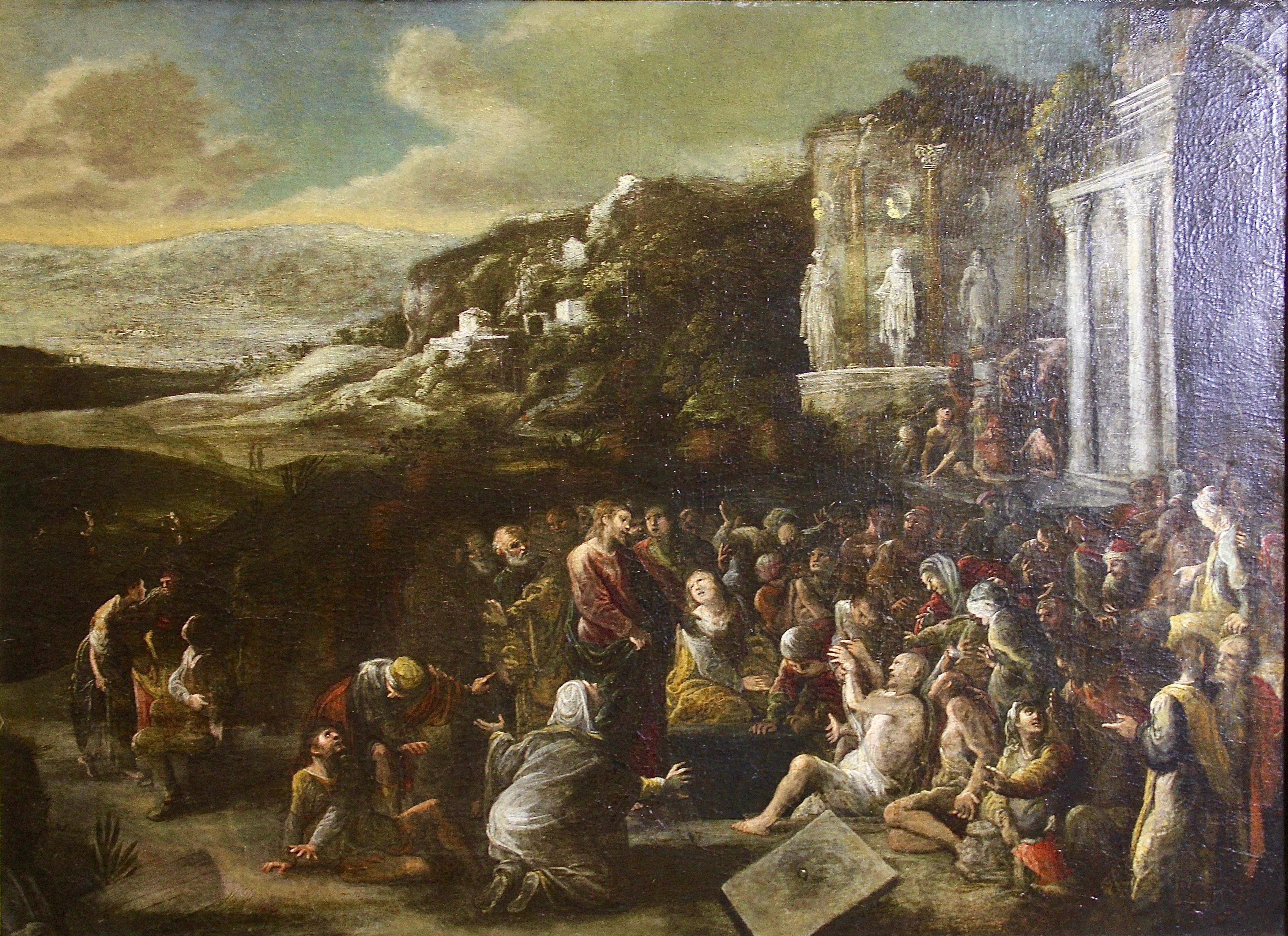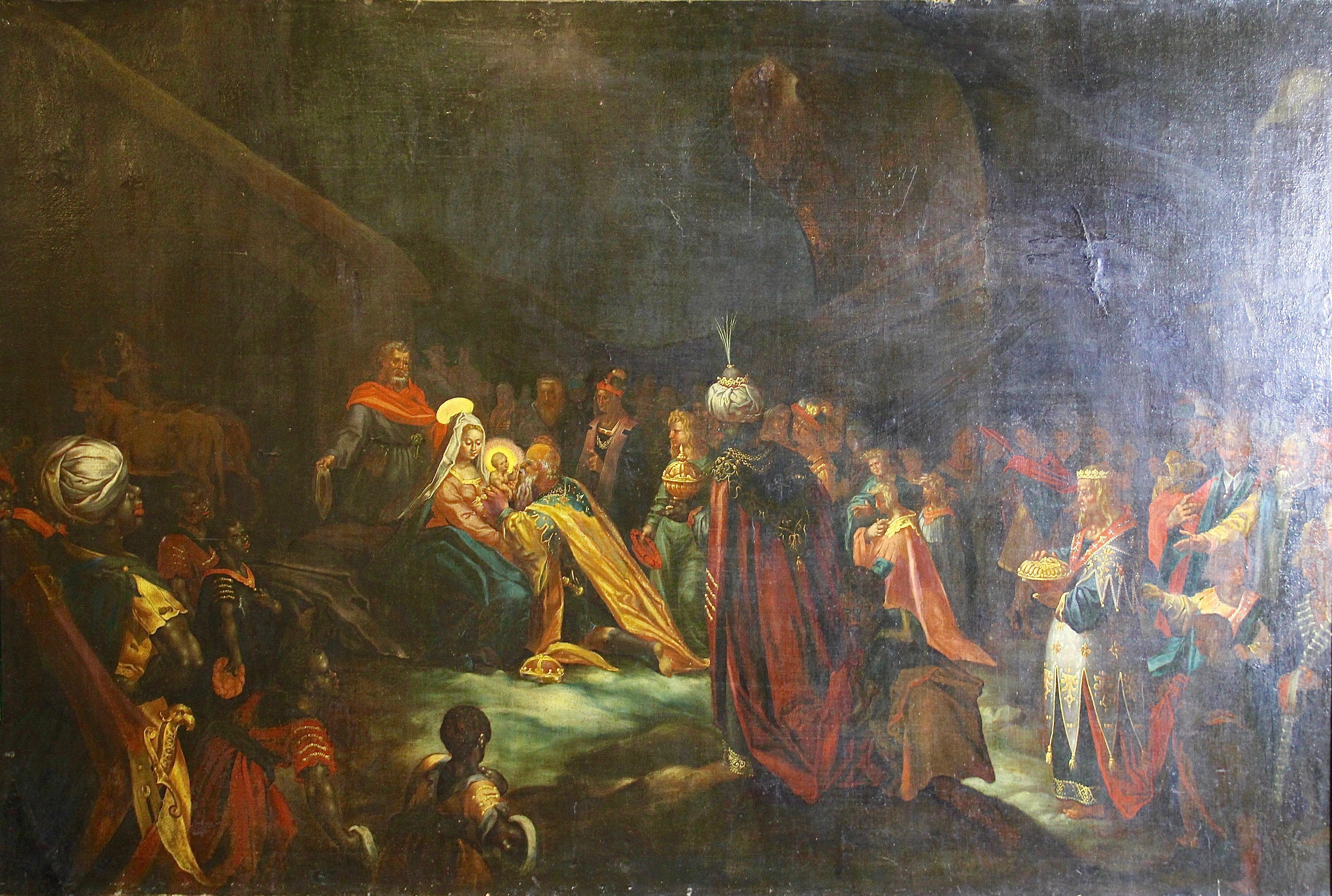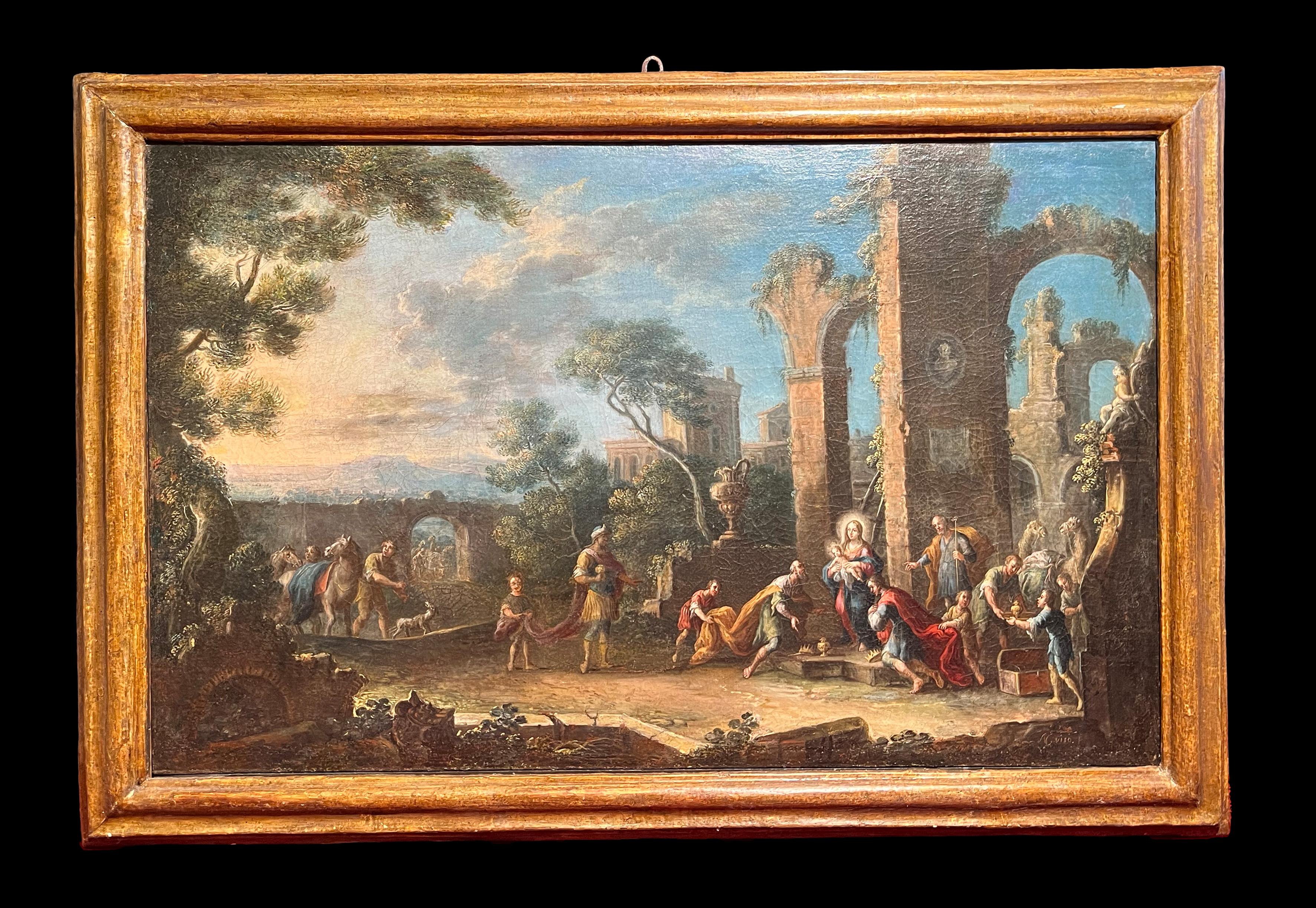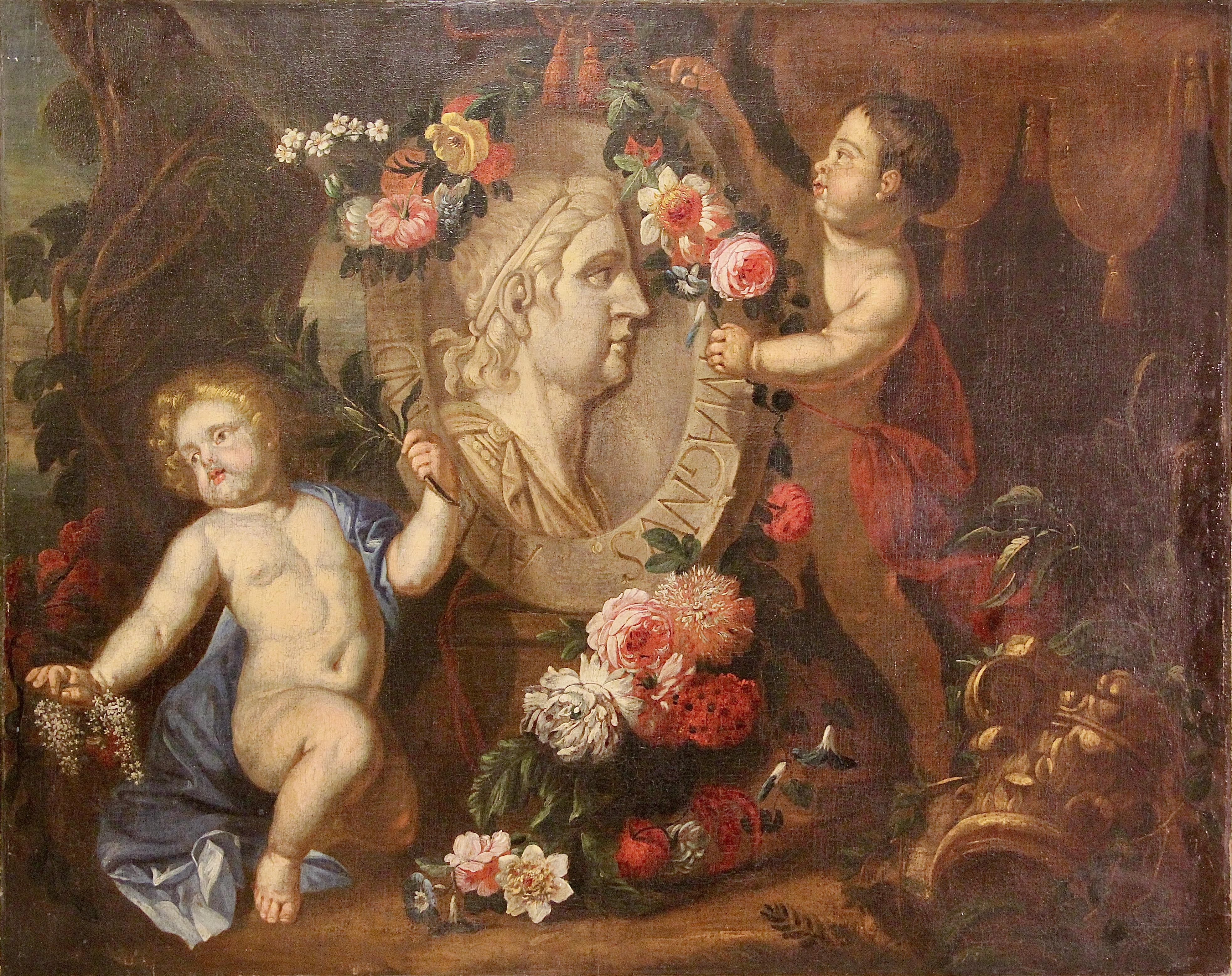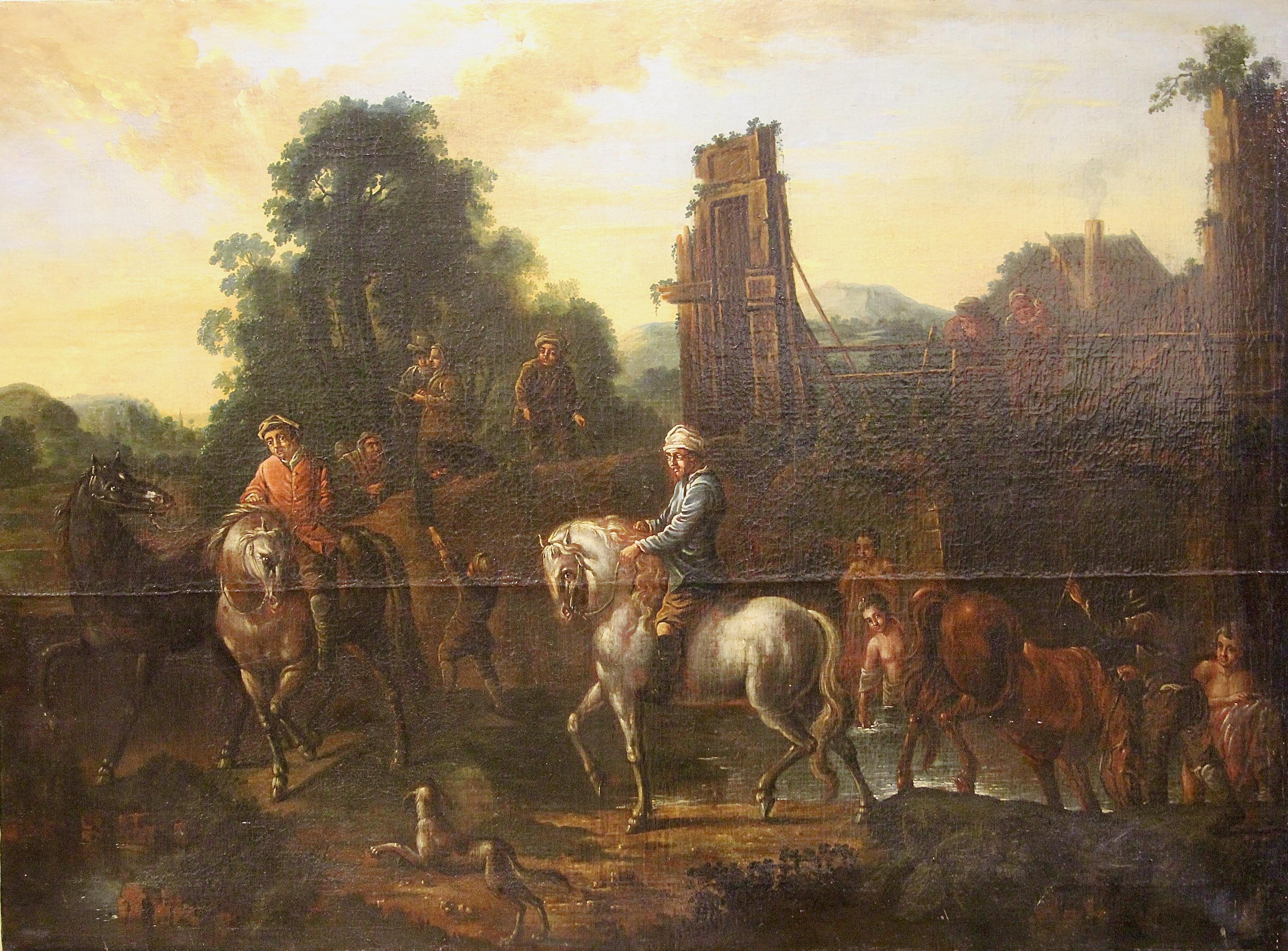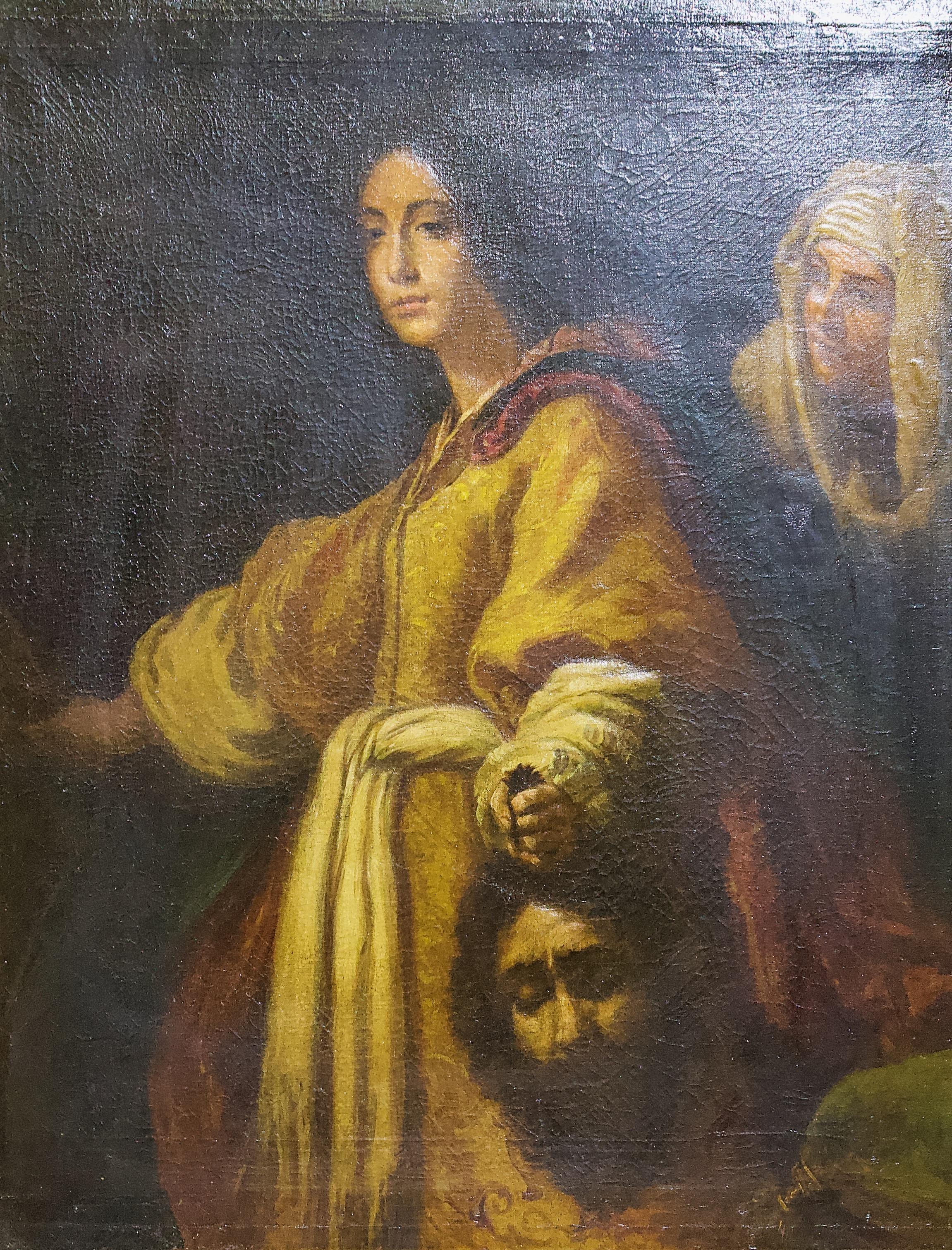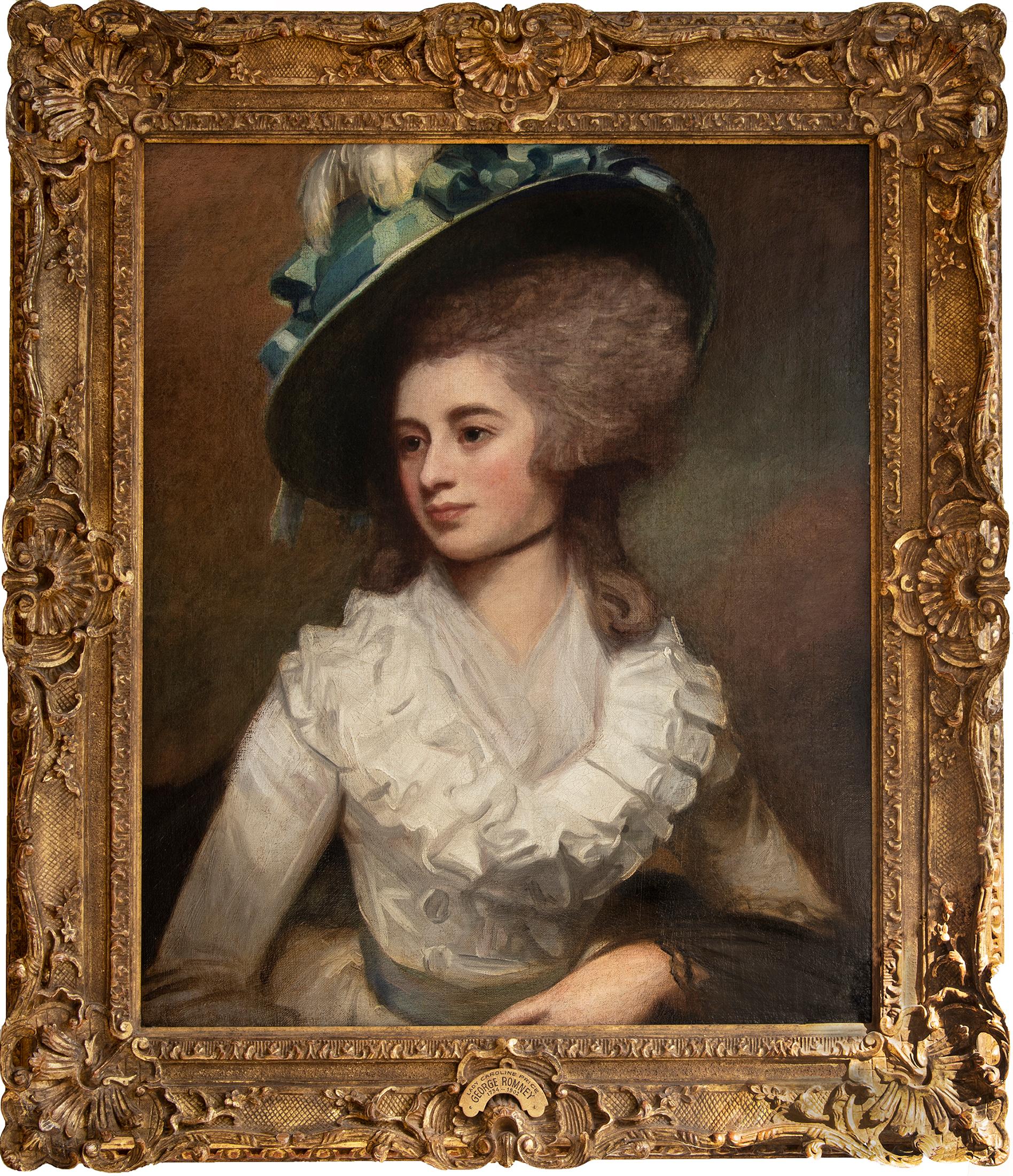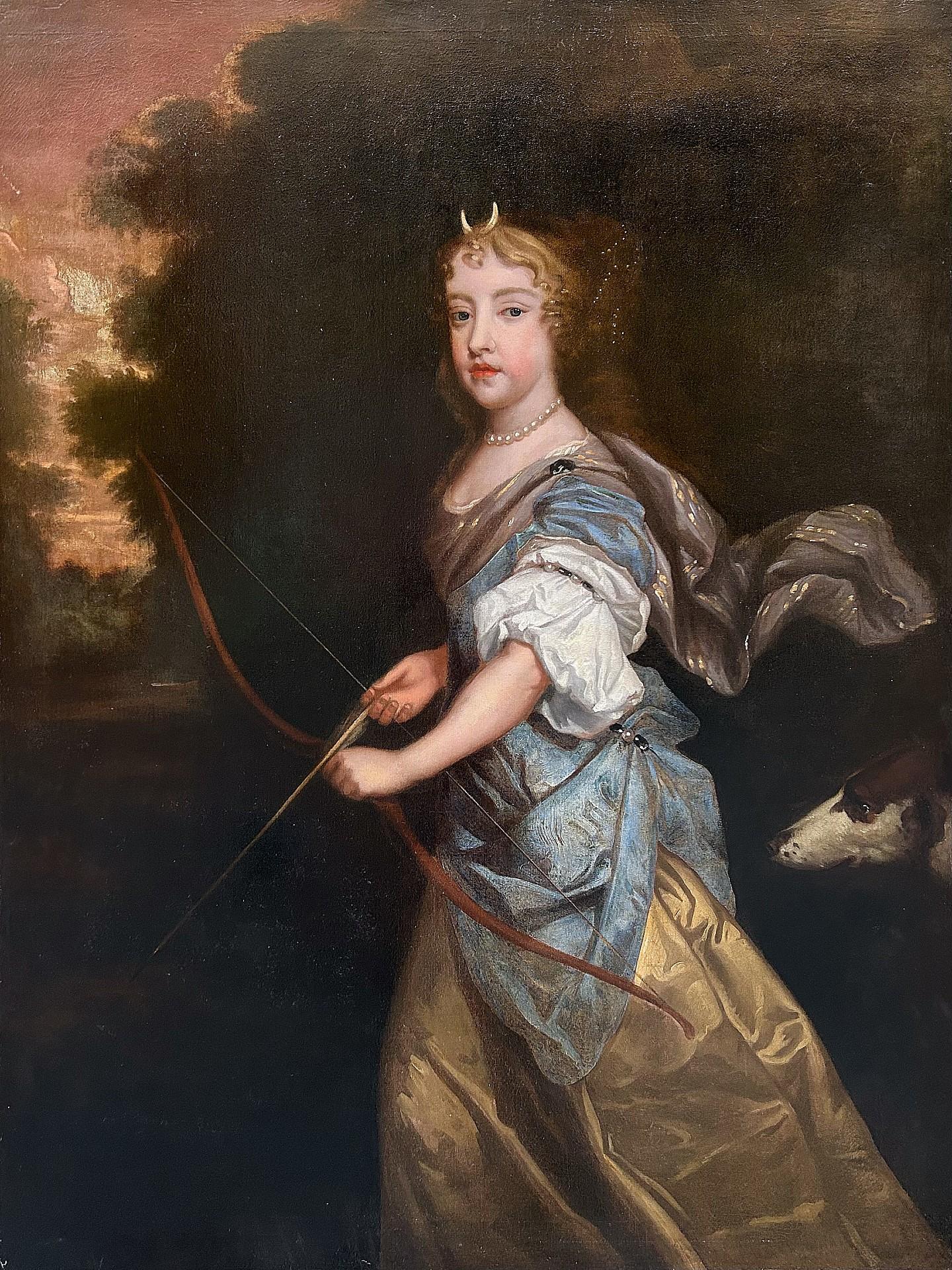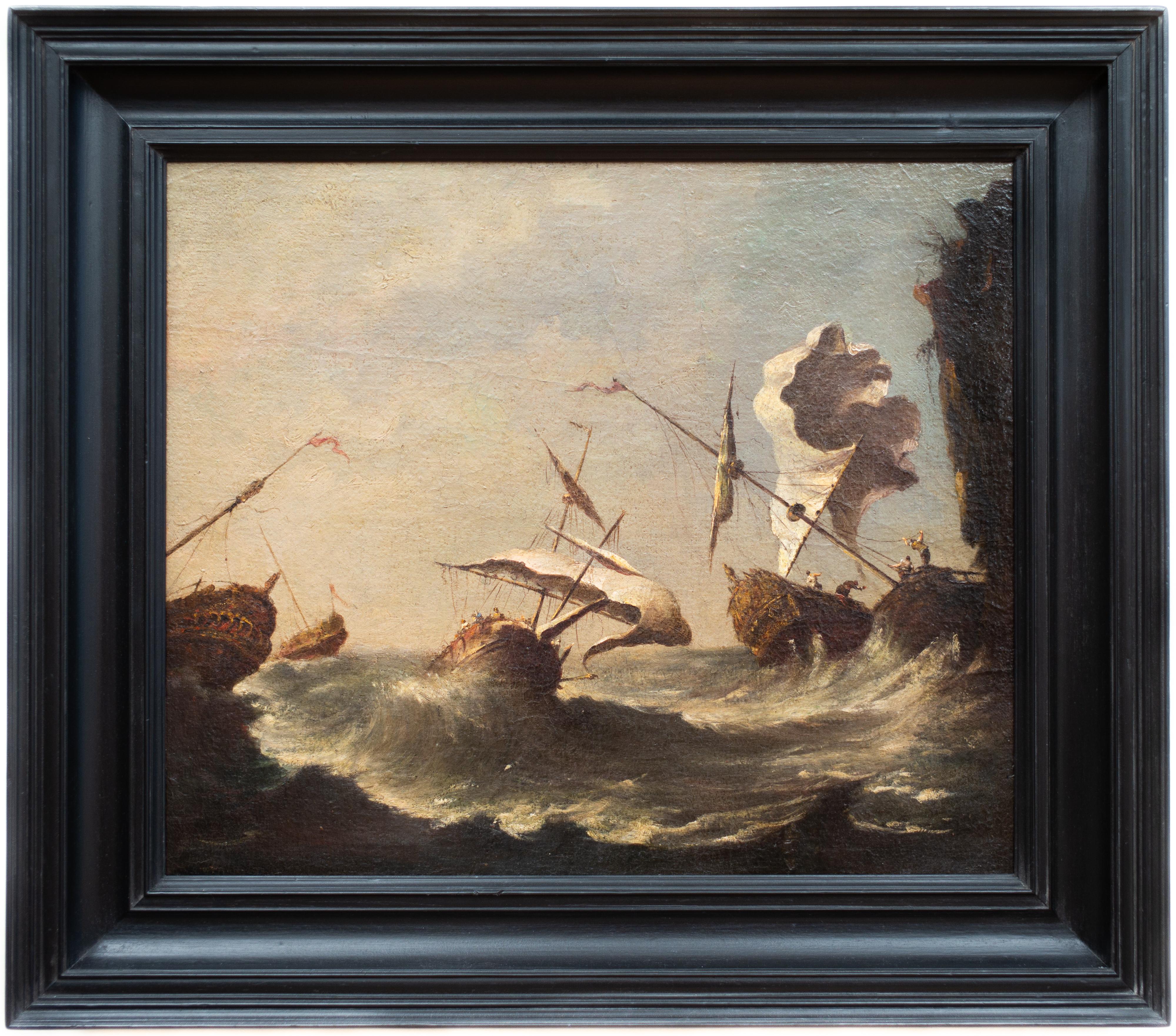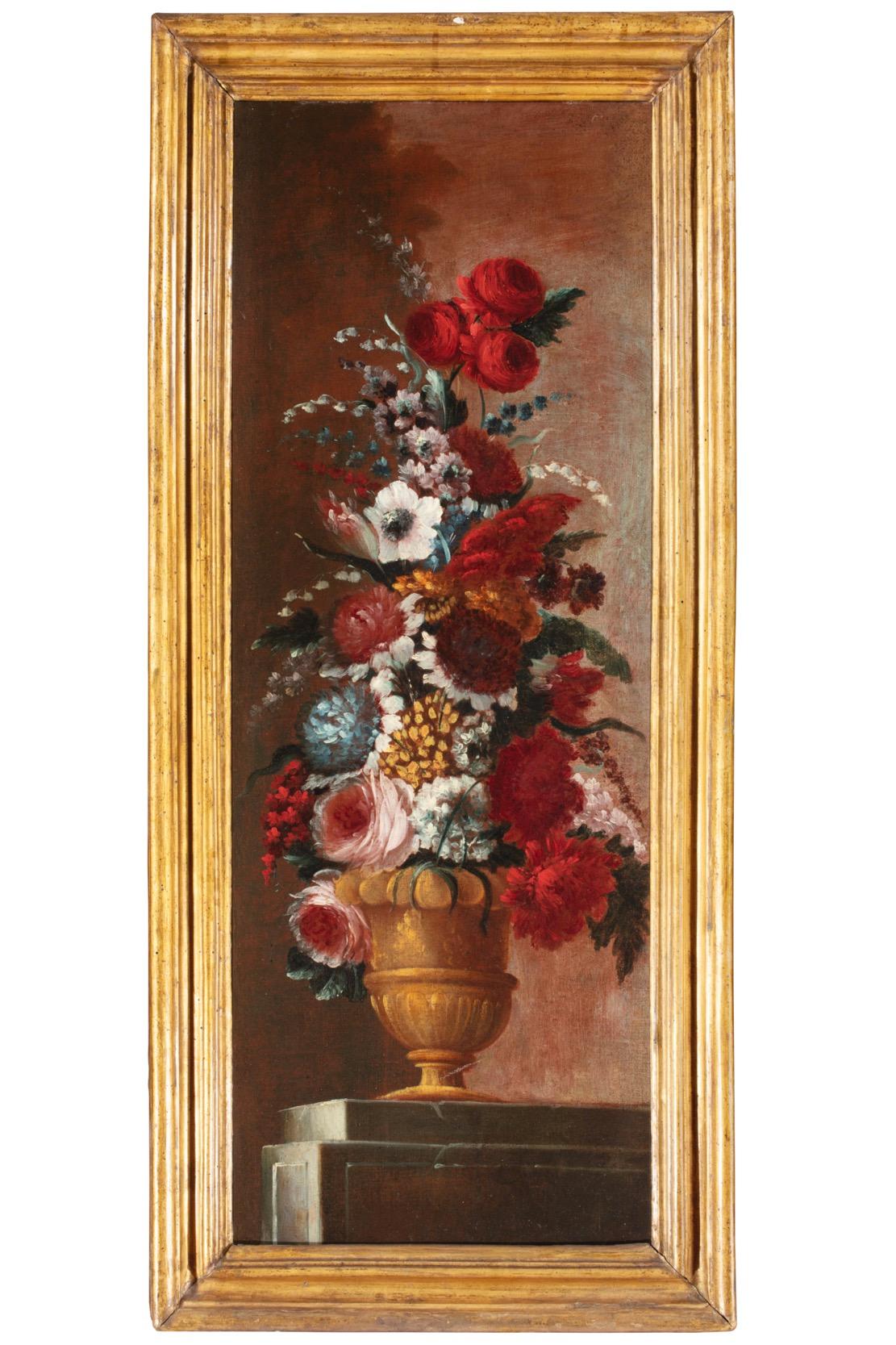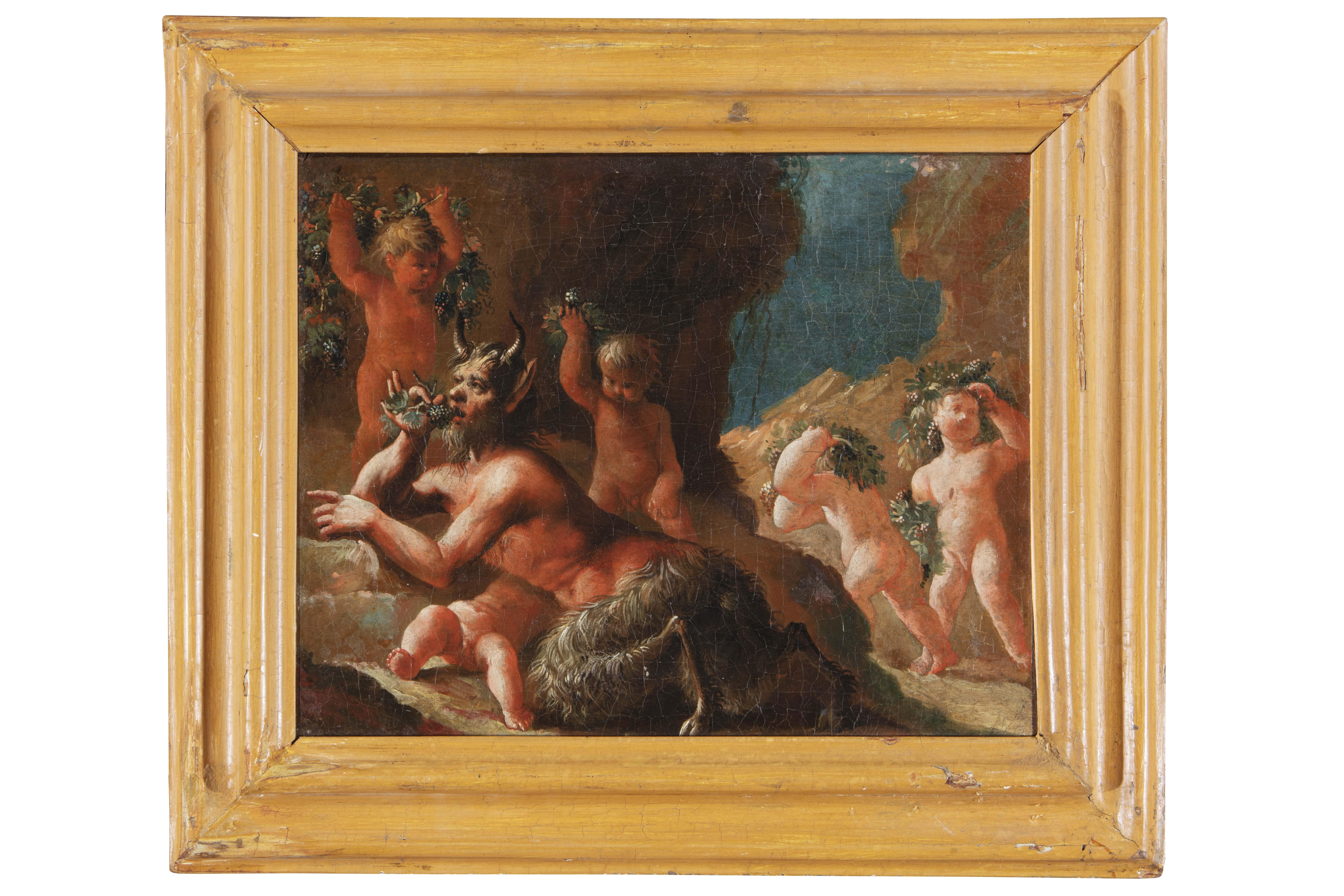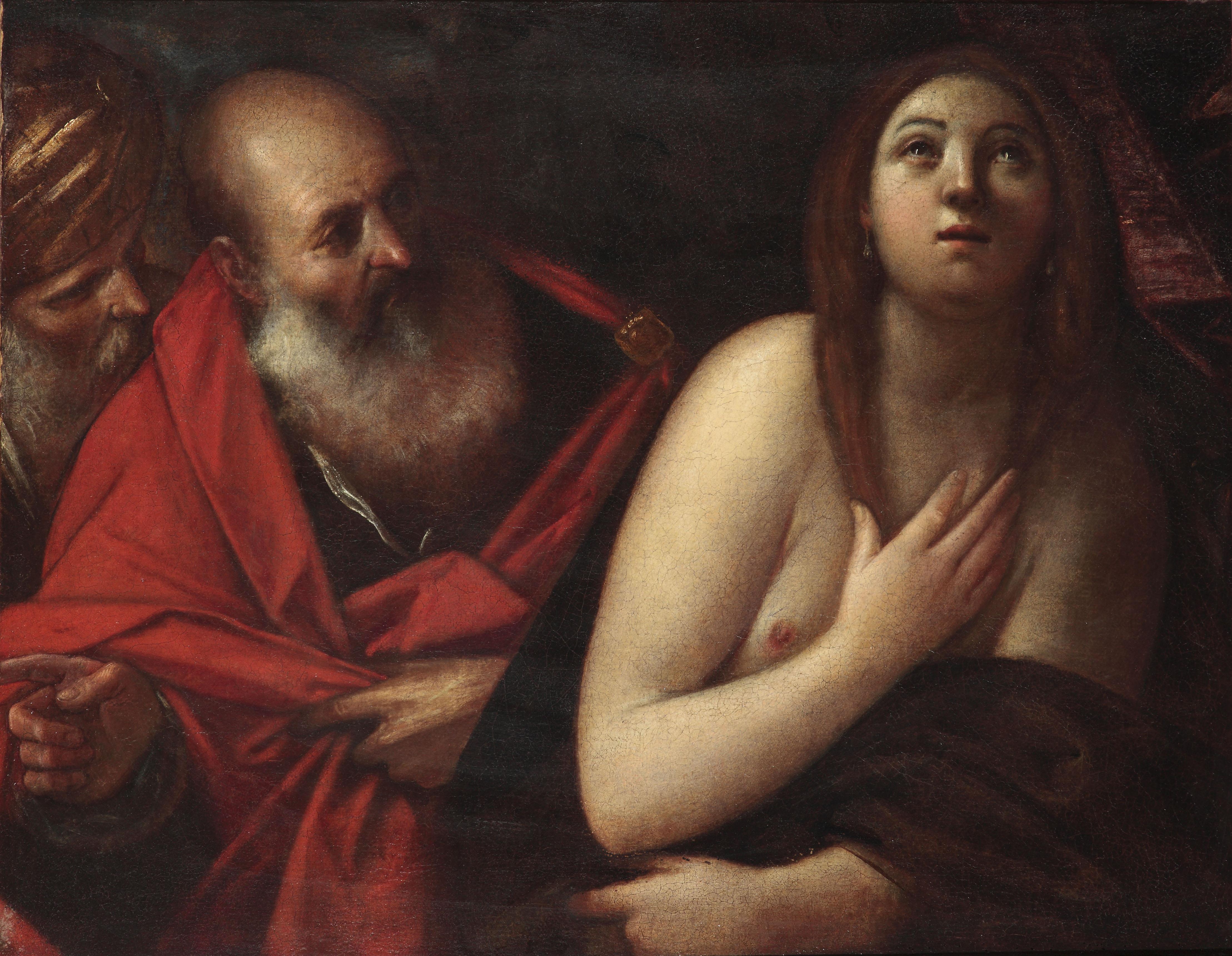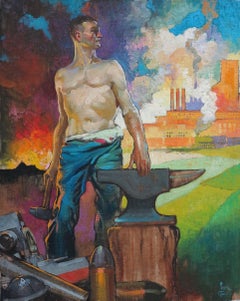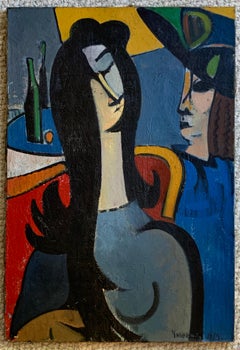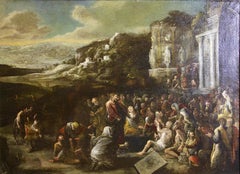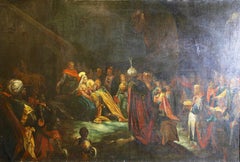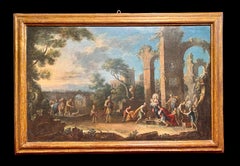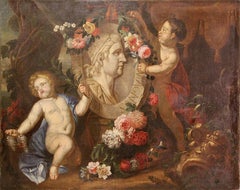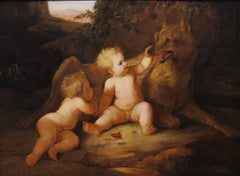
Romulus and Remus 18th century Origin of Rome oil painting
View Similar Items
Want more images or videos?
Request additional images or videos from the seller
1 of 10
UnknownRomulus and Remus 18th century Origin of Rome oil paintingc.1800
c.1800
$6,000List Price
About the Item
- Creation Year:c.1800
- Dimensions:Height: 36 in (91.44 cm)Width: 46 in (116.84 cm)Depth: 2 in (5.08 cm)
- Medium:
- Movement & Style:
- Period:
- Condition:
- Gallery Location:Wilton Manors, FL
- Reference Number:1stDibs: LU24521557223
About the Seller
4.9
Platinum Seller
Premium sellers with a 4.7+ rating and 24-hour response times
Established in 2007
1stDibs seller since 2015
417 sales on 1stDibs
Typical response time: 2 hours
Authenticity Guarantee
In the unlikely event there’s an issue with an item’s authenticity, contact us within 1 year for a full refund. DetailsMoney-Back Guarantee
If your item is not as described, is damaged in transit, or does not arrive, contact us within 7 days for a full refund. Details24-Hour Cancellation
You have a 24-hour grace period in which to reconsider your purchase, with no questions asked.Vetted Professional Sellers
Our world-class sellers must adhere to strict standards for service and quality, maintaining the integrity of our listings.Price-Match Guarantee
If you find that a seller listed the same item for a lower price elsewhere, we’ll match it.Trusted Global Delivery
Our best-in-class carrier network provides specialized shipping options worldwide, including custom delivery.More From This Seller
View AllSinger by Candlelight (Dutch School Old Master Genre Scene)
Located in Wilton Manors, FL
Beautiful Dutch School painting dating from 17th century. Oil on wood panel measuring 10 3/8 x 14 7/16 inches. Unsigned. No inpainting or conservation.
Depicted is a scene with a beautiful young woman singing...
Category
17th Century Old Masters Figurative Paintings
Materials
Oil, Wood Panel
Nude Woman (Pop Art painting)
By Tom Wesselmann
Located in Wilton Manors, FL
Beautiful ca. 1970s Pop Art painting of a reclining nude woman based on Tom Wesselmann's 1968 screenprint, Nude with Still Life.
Oil on canvas, 30 x 36 inches.
Custom welded stee...
Category
Mid-20th Century Abstract Paintings
Materials
Canvas, Oil
Allegory of Defense Industry (figurative male illustration)
By Frank Godwin
Located in Wilton Manors, FL
Frank Godwin (1889-1959). Allegory of Defense Industry, 1919. Oil on canvas. Signed lower right. Image measures 20.75 x 26.25 inches. The canvas measures 24 x 36 inches in total. Ann...
Category
Early 20th Century American Realist Figurative Paintings
Materials
Canvas, Oil
$12,000 Sale Price
40% Off
Russian Cubist Portrait of a Woman
Located in Wilton Manors, FL
Beautiful cubist portrait of a woman by unknown Russian artist. Oil on canvas measures 17 x 25 inches. Signed and dated lower right. Label fragments affixed on verso.
Category
1980s Cubist Abstract Paintings
Materials
Canvas, Oil
Cherubs
By George Henry Hall
Located in Wilton Manors, FL
George Henry Hall (1825-1913). Cupids, 1875. Oil on canvas, 6 x 9.25 inches; 10 x 13.25 inches framed. Original frame with label verso. Excellent condition with no damage or restoration. Signed and dated lower right.
Price on request
Biography:
Birth place: Manchester, NH
Addresses: Primarily in NYC from 1852
Profession: Still-life, genre, portrait painter
Studied: between 1849-52 in Paris and Rome; and Düsseldorf Royal Acad. with Eastman Johnson
Exhibited: PAFA, 1853-68; Royal Acad., British Inst., Suffolk Street Gal., all in London, 1858-74; Brooklyn AA, 1861-81; NAD, 1862-1900; AIC, 1888; Boston AC, 1881, 1889
Member: ANA, 1853; NA, 1868; Century Assn.
Work: MMA; BM; BMFA
Comments: Best known for his still-lifes, he specialized in detailed and vividly colored fruit and flower...
Category
19th Century Realist Figurative Paintings
Materials
Canvas, Oil
$3,000 Sale Price
64% Off
Man in Leather Smoking
By Vito Tomasello
Located in Wilton Manors, FL
Beautiful ca. 1960 portrait by American artist, Vito Tomasello. Oil on line canvas, 20 x 24 inches, 28 x 32 inches in period frame. Signed lower right.
A lifetime NYC resident, T...
Category
Mid-20th Century Abstract Figurative Paintings
Materials
Oil, Canvas
$1,500 Sale Price
25% Off
You May Also Like
Antique, decorative oil painting, 18th century. Christian scene.
Located in Berlin, DE
Antique, decorative oil painting, 18th century. Christian scene.
Canvas relined. With a beautiful wooden frame.
Dimensions without frame.
Category
18th Century Old Masters Figurative Paintings
Materials
Canvas, Oil
Antique painting. "Kings from all over the world in Bethlehem". Christian scene.
Located in Berlin, DE
Huge and very decorative castle painting.
Antique oil painting. Probably 18th century.
"Kings from all over the world in Bethlehem".
Christian scene.
Canvas relined.
Big, heavy fr...
Category
18th Century Old Masters Figurative Paintings
Materials
Canvas, Oil
18th Century by Nicola Viso The adoration of the magi Oil on canvas
Located in Milano, Lombardia
Nicola Viso, (active 1724 – 1742)
Title: The adoration of the magi
Medium: Oil on canvas
Dimensions: without frame 63 x 100 cm – with frame 76.5 x 114.7 x 4.5 cm
Signed “N. Viso. f” ...
Category
18th Century Old Masters Figurative Paintings
Materials
Canvas, Oil
17th Century, Old Master, "King Basileus Alexander of Macedon Magnus, the Great"
Located in Berlin, DE
Very decorative, 17th century, old master painting, oil on canvas, King Alexander Magnus, the great.
Illustration of two children, putti, with wreaths of flowers on a board (or maus...
Category
17th Century Old Masters Figurative Paintings
Materials
Canvas, Oil
$26,721 Sale Price
20% Off
Free Shipping
17th Century, Old Master Painting, Oil on Canvas, "The Rest with the Horses".
Located in Berlin, DE
17th century, old master painting, oil on canvas, "The rest with the horses".
Relined canvas.
The stretcher was also renewed once.
The painting is rather dark, like i.a. on photo n...
Category
17th Century Old Masters Figurative Paintings
Materials
Canvas, Oil
$17,177 Sale Price
50% Off
Free Shipping
Judith with the Head of Holofernes, Antique Oil Painting after Cristofano Allori
By Alessandro di Cristofano Allori
Located in Berlin, DE
Judith with the head of Holofernes, antique oil painting after Cristofano Allori.
Painting has been restored.
Dimensions without f...
Category
18th Century Old Masters Figurative Paintings
Materials
Canvas, Oil
$6,680 Sale Price
20% Off
Free Shipping
Recently Viewed
View AllMore Ways To Browse
Romulus And Remus
Ugly Oil Painting
Woman With Guitar
Camera Obscura
Painting Jester
Tango Painting
Cowgirl Painting
Large Peter Max
Matador Vintage
Peasant Girl
Red Fox Oil Paintings
Young Girl Young Boy Painting
Car Racing Paintings
Di Donna
Haitian Oil Painting
Oil Pastel Beach Scenes
Paul Louis Bolot
Pop Art Surf
